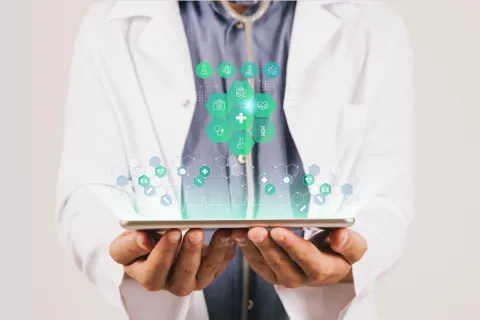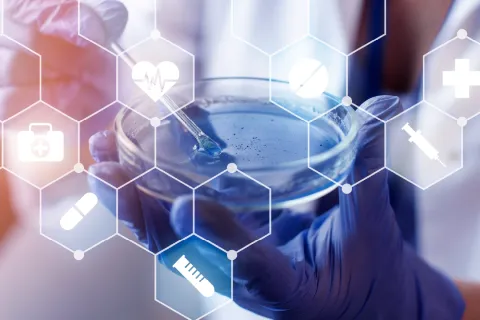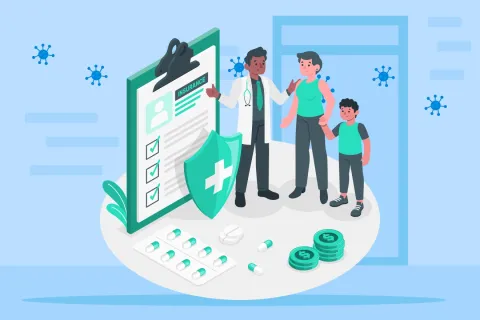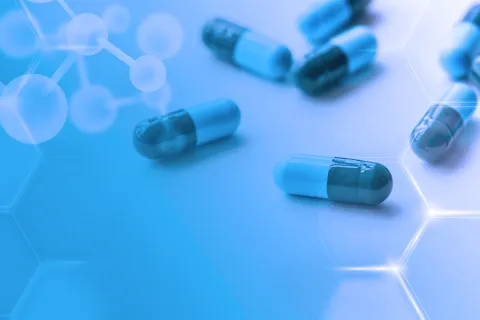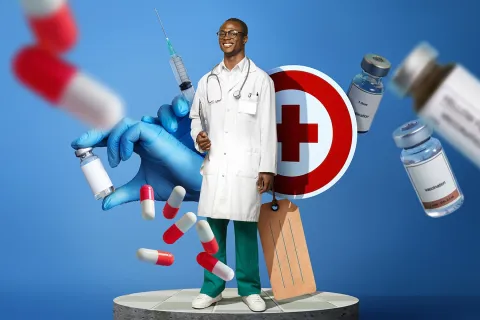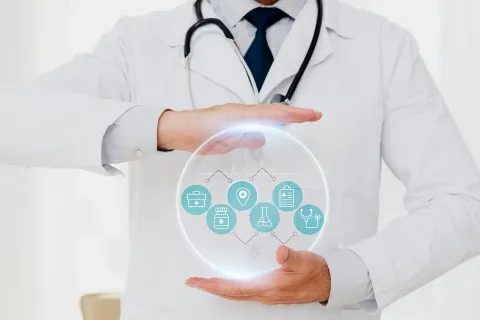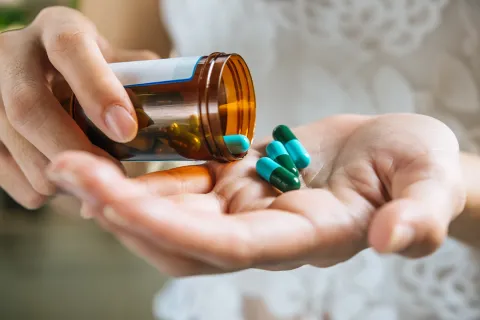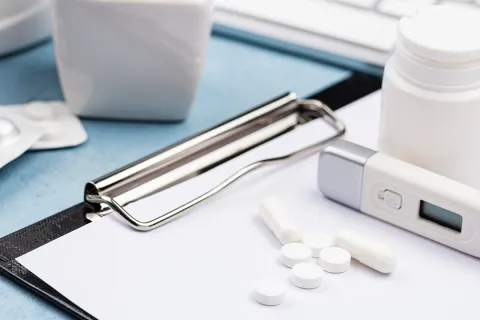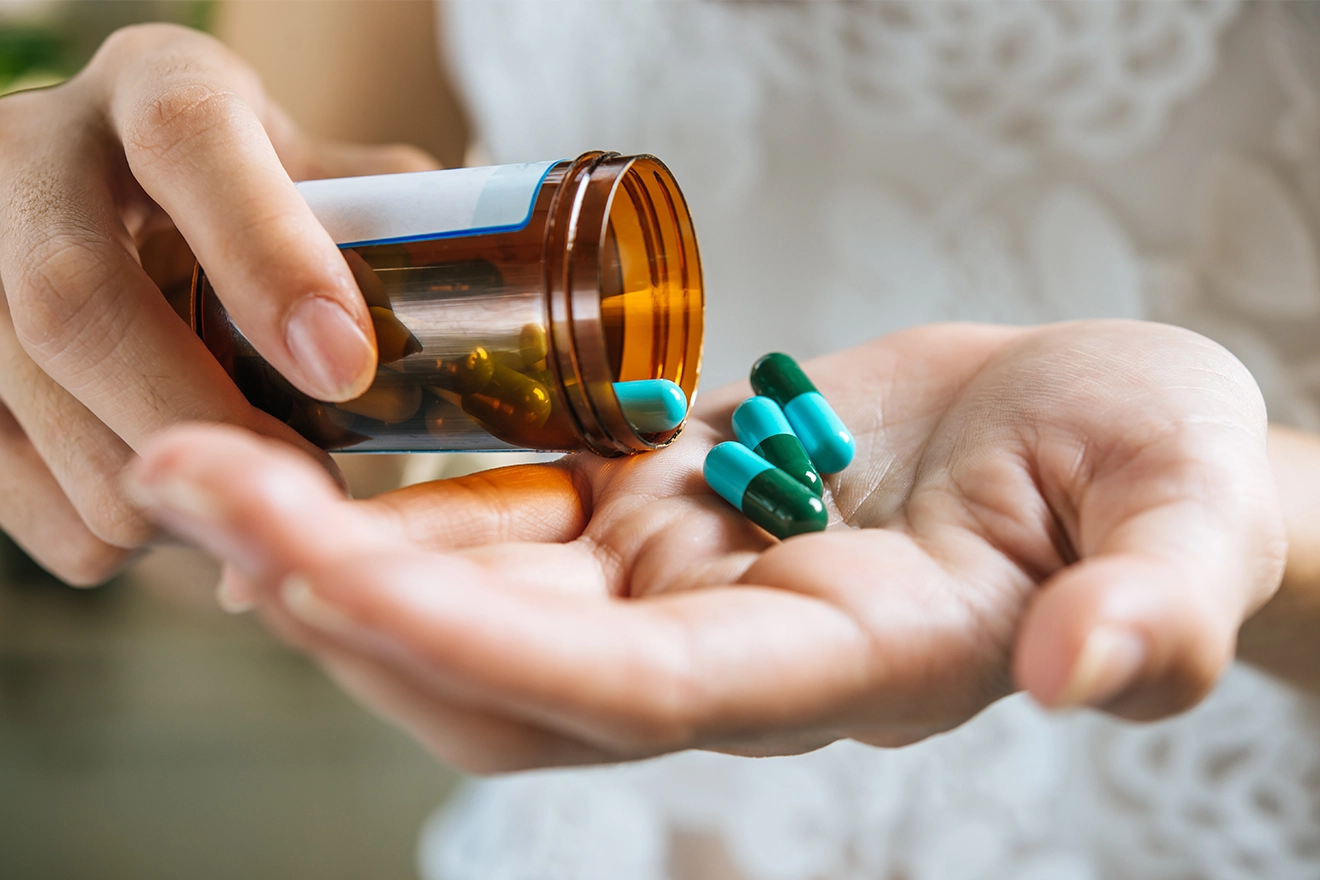
In the pharmaceutical industry, ensuring patient safety is paramount. As new medications are developed and introduced into the market, it becomes crucial to provide accurate and comprehensive information to healthcare professionals and patients. This is where labeling and pharmacovigilance play a pivotal role. Labeling serves as a vital communication tool, providing essential information about a drug's efficacy, dosage, potential side effects, and contraindications. Pharmacovigilance, on the other hand, involves safety monitoring and evaluating the effectiveness of medications post-approval. In this article, we will explore the significance of labeling and pharmacovigilance in the pharma industry, their processes, challenges, and the evolving landscape.
Importance of Accurate Labeling
Labeling is the printed information appearing on or with the package and has a profound impact on advertising, claims, and compensation. Labeling is the first source of information for doctors and consumers and provides valuable information about products.
Safeguard Your Patient Safety? Contact Us
Safeguard Your Patient Safety Now
Accurate labeling is crucial for promoting safe and responsible medication use. Labels serve as guidance for patient safety and appropriate administration of medicine and render the essential information to healthcare practitioners, required in prescription and dispensing. Some critical aspects of labeling include:
- Dosage Instructions: Clear and precise instructions on dosage, frequency, and administration routes enable healthcare professionals to prescribe medications appropriately. Patients also rely on this information to ensure they take the correct dose at the right time.
- Indications and Contraindications: Labeling provides information about the approved uses of a drug, as well as any conditions or patient populations for which it may be contraindicated. This helps prevent adverse reactions and ensures that medications are prescribed within their intended scope.
- Side Effects and Warnings: Comprehensive labeling includes a list of potential side effects, along with their severity and frequency. This information empowers healthcare professionals and patients to recognize and manage any adverse events that may arise during treatment.
- Storage and Handling: Proper storage instructions are crucial for maintaining the stability and efficacy of medications. Labels often provide guidance on storage conditions such as temperature, light exposure, and handling precautions to prevent degradation or contamination.
Pharmacovigilance and Safety Monitoring
Pharmacovigilance plays a specialized and pivotal role in ensuring the ongoing safety of medicinal products. Pharmacovigilance involves evaluating information provided by healthcare providers, pharmaceutical companies, and patients to understand the risks and benefits involved with a particular drug.
The specific aims of pharmacovigilance are to:
- improve patient care and safety with medicines and all medical and paramedical interventions,
- improve public health and safety about the use of medicines,
- contribute to the assessment of the benefit, harm, effectiveness, and risk of medicines, encouraging their safe, rational, and more effective (including cost-effective) use, and
- promote understanding, education, and clinical training in pharmacovigilance and its effective communication to the public.
The key objectives of pharmacovigilance include:
- Detection of ADRs: Pharmacovigilance programs actively collect data on reported adverse events associated with specific drugs. This helps identify potential safety concerns and enables regulatory authorities to take appropriate actions, such as updating labels or issuing safety alerts.
- Risk Assessment: Through ongoing analysis and evaluation, pharmacovigilance experts assess the risks and benefits of medications. They weigh the potential harm of adverse events against the therapeutic benefits to determine if any regulatory measures are required to ensure patient safety.
- Signal Detection: Pharmacovigilance teams employ various data mining and analysis techniques to identify potential signals or patterns that could indicate previously unknown risks associated with a particular drug. These signals may prompt further investigations or label updates.
- Benefit-Risk Communication: Pharmacovigilance experts collaborate with regulatory authorities, healthcare professionals, and patients to effectively communicate the benefits and risks of medications. This ensures that all stakeholders are well-informed and can make informed decisions about drug use.
Drug safety monitoring is an essential element for the effective use of medicines and high-quality medical care. It has an important role to play in the introduction of generic medicines, and in review of the safety profile of older medicines already available, where new safety issues may have arisen.
Challenges and Evolving Landscape
The field of labeling and pharmacovigilance faces several challenges and continues to evolve to meet the needs of a rapidly changing pharmaceutical landscape. Some key challenges include:
- Adverse Event Reporting: Encouraging healthcare professionals and patients to report adverse events is crucial for pharmacovigilance. However, underreporting remains a challenge due to a lack of awareness, time constraints, and the voluntary nature of reporting. Efforts are being made to streamline reporting systems and enhance reporting culture.
- Regulatory Compliance: Pharmaceutical companies must comply with rigorous regulatory guidelines when it comes to labeling and pharmacovigilance. Ensuring compliance with diverse global regulations can be complex, requiring a robust and well-organized system to manage labeling updates and safety data.
- Emerging Technologies: Rapid advancements in technology, such as artificial intelligence (AI) and big data analytics, are transforming pharmacovigilance processes. These technologies offer opportunities to automate signal detection, improve analysis, and enhance risk assessment capabilities.
- Labeling Updates: As new safety information emerges; labeling updates may be required to reflect the latest evidence. Timely and accurate dissemination of updated information poses a challenge, as it involves coordination among regulatory agencies, manufacturers, and healthcare providers to ensure healthcare professionals and patients receive the up to date safety information.
Labeling and pharmacovigilance are indispensable components of the pharmaceutical industry, ensuring patient safety and facilitating informed decision-making. Accurate labeling provides essential information about medications, empowering healthcare professionals and patients to use them safely and effectively. Pharmacovigilance plays a vital role in safety monitoring evaluating the efficacy of drugs post-approval, facilitating risk assessment, and enabling effective communication of benefit-risk profiles. In this ever-evolving landscape, challenges will continue to arise, demanding innovative solutions and unwavering dedication. Adverse event reporting will be streamlined, harnessing the power of technology, and fostering a culture of active participation. Regulatory compliance will become more efficient, harmonizing global standards, and ensuring consistent and good labeling practices worldwide. Emerging technologies will revolutionize the field, empowering pharmacovigilance teams to detect signals, analyze data, and communicate risks with greater precision and speed.
As we move forward, the synergy between labeling and pharmacovigilance will deepen, transcending traditional boundaries. Labels will become dynamic, interactive tools that engage patients in their healthcare, providing real-time information and personalized guidance. Pharmacovigilance will embrace artificial intelligence, machine learning, and big data analytics, ushering in an era of proactive risk assessment and enhanced patient safety. A partnership with a leading regulatory service provider with sound experience in labeling and pharmacovigilance will be the most sensible move to keep up with this synergy. Freyr has been a leader in regulatory labeling and pharmacovigilance and has assisted its clients globally. Know more about our global labeling capabilities and connect with us for compliance.
